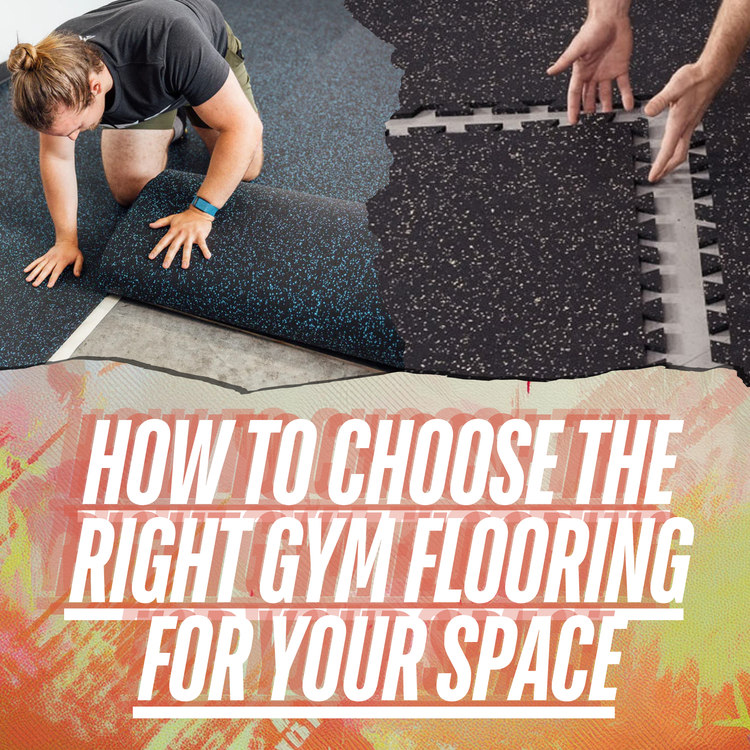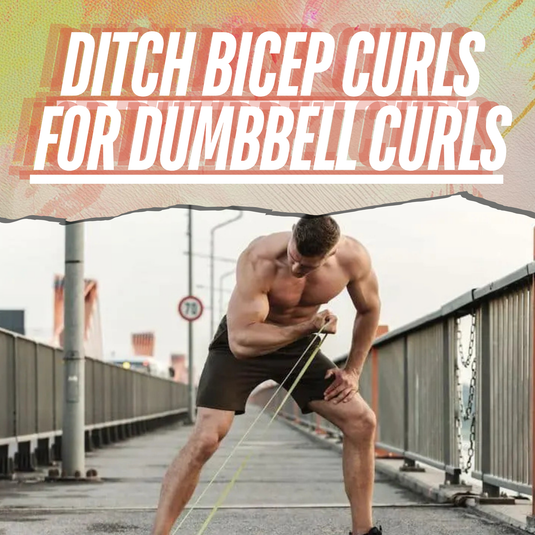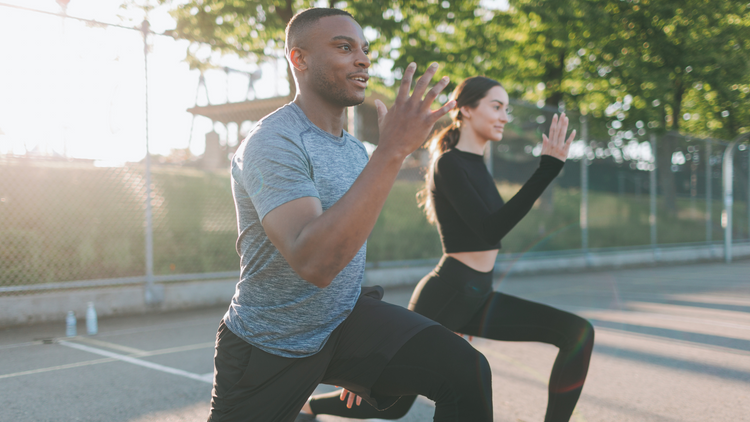How to Choose the Right Gym Flooring for Your Space

TLDR
Choosing the right gym flooring depends on your workout style, available space, and surface needs. Rubber tiles are best for heavy lifting and durability, foam works for light activity and yoga, and turf supports functional fitness. Start by measuring your space and identifying what equipment or movements you need to support.
Summary
Whether you're building a home gym, outfitting a garage, or upgrading a commercial fitness space, the foundation you choose matters. Gym flooring impacts safety, noise, equipment longevity, and your overall workout experience. This guide breaks down the key flooring types, what to consider before buying, and how to pick the perfect option for your space.
Estimated Read Time: 6 minutes
Why Choosing the Right Gym Flooring Matters
Most people focus on equipment when building a gym but the flooring you choose can have just as much impact. High quality gym flooring protects your joints, equipment, and subfloor, and it dramatically improves safety and acoustics. The right flooring helps absorb impact from weights, reduces vibration and noise, and creates a stable surface for training. Whether you're dropping a barbell, jumping into burpees, or holding a yoga pose, the ground beneath you needs to be built for the job.
Factors to Consider Before You Buy
Before you order your gym flooring, take a few minutes to consider how and where you'll be using it. Are you outfitting a garage gym where moisture and temperature swings are factors? Do you need something easy to clean in a commercial space? Or are you building a lightweight setup in a spare bedroom? Think through the following:
Workout Type: Are you lifting heavy, doing HIIT, stretching, or a mix?
Space: How large is your area? Is it rectangular or irregular in shape?
Subfloor: Will you be installing over concrete, wood, or carpet?
Moisture Exposure: Do you need something waterproof or mold resistant?
Budget: Flooring ranges from 1 to 10 dollars per square foot depending on material and quality
Answering these questions will help narrow down which flooring type makes the most sense
Types of Gym Flooring
Let’s break down the most popular gym flooring materials and when each one makes the most sense
-
Rubber Tiles
Rubber tiles are one of the most common choices for home gyms. They’re incredibly durable, provide excellent shock absorption, and are easy to install thanks to their interlocking puzzle style design. These are ideal for weightlifting setups and functional training spaces. While they tend to be more expensive per square foot, the long term durability often justifies the cost. Shop Interlocking Rubber Tiles -
Rubber Rolls
Rubber rolls offer a seamless professional look and are typically used in commercial gyms or larger home setups. They provide the same durability and shock absorption as tiles but are more economical when covering large areas. However, they are heavier and more difficult to install sometimes requiring glue or double sided tape to keep in place. Rubber Rolls for Larger Spaces -
Foam Tiles
Foam tiles are lightweight and softer underfoot making them a good option for yoga, bodyweight exercises, and kids’ spaces. They're easy to install and budget friendly but they’re not suitable for heavy weights or high impact workouts. Over time foam can compress or tear under repeated pressure -
Turf
Turf is ideal for sled work, sprinting, and functional fitness. It’s often seen in CrossFit boxes and performance gyms. While it looks sharp and provides great traction it’s harder to clean and usually requires a glued down installation -
PVC or Vinyl Tiles
PVC and vinyl flooring options offer a slick clean look with easy maintenance. They're waterproof and versatile but they don’t provide much cushioning. These are better for spaces focused on general movement or as a protective layer in multipurpose rooms
Comparison Chart What’s Best for You
| Flooring Type | Best For | Durability | DIY Friendly | Shock Absorption | Cost |
|---|---|---|---|---|---|
| Rubber Tiles | Home gyms, lifting | High | Yes | High | $$$ |
| Rubber Rolls | Commercial gyms | High | Moderate | High | $$ |
| Foam Tiles | Light workouts, yoga | Low-Med | Yes | Med | $ |
| Turf | Sled work, agility | High | No | Medium | $$$ |
| PVC/Vinyl Tiles | Multipurpose gyms | Med | Yes | Low | $$ |
Internal Links to Products and Blogs
- Shop Interlocking Rubber Tiles
-
Compare Rubber vs Foam vs Turf
-
Step by Step Gym Flooring Installation Guide
- Rubber Rolls for Larger Spaces
FAQs
What is the best gym flooring for heavy weights
Rubber tiles or rubber rolls that are at least three eighths of an inch thick are ideal. They’re designed to absorb the shock from dropped dumbbells and barbells while protecting your subfloor
Can I install gym flooring over carpet?
You can but only over low pile carpet. For plush carpet we recommend laying plywood between the carpet and the gym flooring. Here’s a full guide
Do I need adhesive or tape?
Interlocking tiles generally don’t require adhesive. Rubber rolls may benefit from double sided tape or glue in high traffic areas
Which flooring is easiest to install?
Foam and rubber tiles are the easiest options for DIY setups. They can be installed without tools and individual tiles are easy to replace if damaged
Looking to upgrade your gym flooring
Shop flooring solutions or chat with our experts to get personalized recommendations for your space






